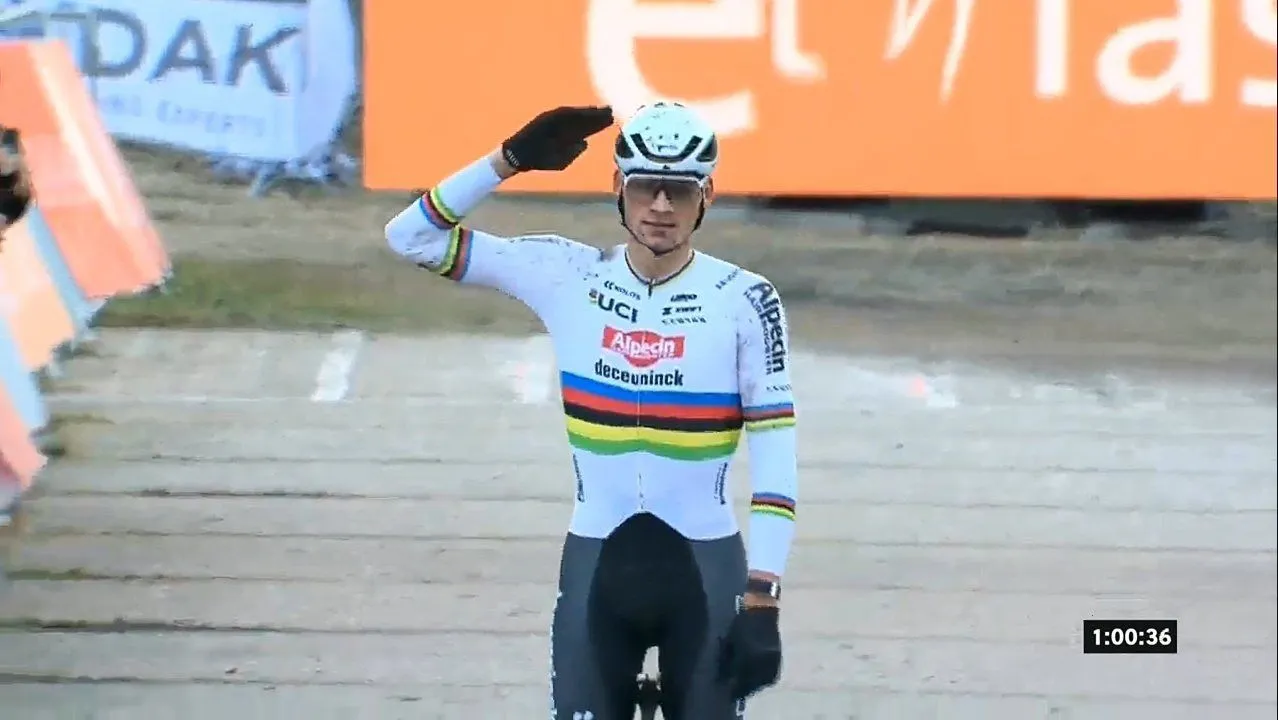As the road racing season kicks off and spring fast approaches, the SafeR group is already preparing to tackle one of the biggest concerns in cycling: safety. SafeR, a working group focused on reducing crashes in races, is gearing up for an active year of pushing for stricter regulations to protect riders, particularly in high-risk situations like mass sprints.
The group has been in talks with the UCI and other cycling stakeholders, aiming to implement new rules designed to improve safety in races and minimize the frequency of crashes. One area of focus will be regulating behavior during mass sprints, a notorious hotspot for dangerous situations. To address these concerns, new guidelines have been introduced, with strict penalties for riders who deviate from the accepted line or engage in actions that could lead to unsafe conditions.
Among the riders who will need to adhere to these new regulations is Jasper Philipsen, the Belgian sprinter known for his aggressive sprinting style. Philipsen, who made headlines during the last two editions of the Tour de France for his daring maneuvers, was even reprimanded by his fellow countryman, Wout van Aert, for reckless sprinting behavior. With the new rules in place, Philipsen, along with all sprinters, will face a more stringent approach when it comes to how they conduct themselves in the final kilometers of a race.
The penalties for violating these rules are severe and will include a range of sanctions. Riders who violate the new safety guidelines could face a drop in rankings, time penalties, fines, and even yellow cards. The UCI began implementing yellow cards last year, and the system will continue to be used to encourage safer racing practices. A rider who accumulates two yellow cards in a single race or stage event will be disqualified and suspended for seven days. Three yellow cards within a month will result in a 14-day suspension, and six yellow cards over the course of a year will lead to a 30-day suspension.
The new rules are not limited to just sprints but apply across all aspects of racing. In addition to penalizing unsafe riding behaviors, discussions are also taking place regarding the potential for limiting gear sizes in races. According to Adam Hansen of the riders’ union CPA, limiting gear sizes, especially during sprints, could help reduce the extreme speeds cyclists reach during descents and other risky moments. Although Hansen acknowledges that limiting gear sizes may not be a “silver bullet” to solve all safety issues, it could be one piece of the puzzle in reducing crashes and enhancing safety.
As the road season progresses, riders will be closely monitored under these new regulations, and those who push the boundaries of safe racing will face more severe consequences. The goal is clear: a safer racing environment for everyone.






